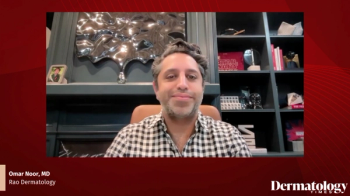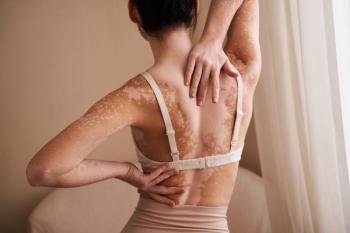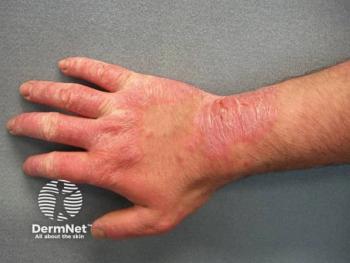
Optimizing Acne Care in Summer With Advanced Laser Technologies
Key Takeaways
- Emerging laser technologies like Aerolase Neo Elite and AviClear offer effective summer acne treatments with minimal downtime and no systemic side effects.
- Dermatologists should view summer as a strategic treatment window, especially for younger patients with flexible schedules.
Sonia Batra, MD, shares effective summer acne solutions using lasers such as Aerolase Neo Elite and AviClear, ensuring tailored care for optimal skin health.
The Aerolase Neo Elite is a 650-µs Nd:YAG laser that targets active inflammatory acne by thermally destroying Cutibacterium acnes and reducing inflammation with little pain or downtime. Batra emphasized its tolerability, making it an excellent option for patients during summer, when adherence with multistep regimens can be lower. AviClear is a newer FDA-cleared laser that selectively targets sebaceous glands to reduce sebum production. Batra likens its long-term efficacy to a course of isotretinoin but without systemic adverse effects. With minimal downtime and only transient photosensitivity, it is a practical summer intervention, especially for high school and college students who can complete a treatment series before returning to school.
Batra encourages dermatologists to reframe summer as a strategic treatment window, particularly for younger patients with flexible availability. She also advocates for proactive communication. As summer acne often requires regimen modifications, she underscores the need for patients to check in regularly, especially when using photosensitizing agents such as retinoids or alpha and beta hydroxy acids.
“The one thing I always remind my staff is just to remind our patients that this is an open line of communication and everything needs to be tailored based on what's happening,” Batra said. “It's nice to keep those lines of communication open with patients and remind them that they can reach out depending on how their skin is responding and how we can help them adjust accordingly...we all know that what works for them in the winter does not always work in the summer and vice versa.”
Key patient education points include dispelling the myth that tanning improves acne and reinforcing that sunscreen is essential for long-term skin health, not a trigger. She advises clinicians to remain flexible with seasonal treatment plans and to consider nontraditional modalities like these summer-safe lasers as valuable tools in the acne management arsenal.
Ultimately, Batra’s message is clear: With open communication and strategic use of emerging therapies, clinicians can tailor summer acne care more effectively, improving outcomes and reducing treatment burden for patients.
Newsletter
Like what you’re reading? Subscribe to Dermatology Times for weekly updates on therapies, innovations, and real-world practice tips.



















